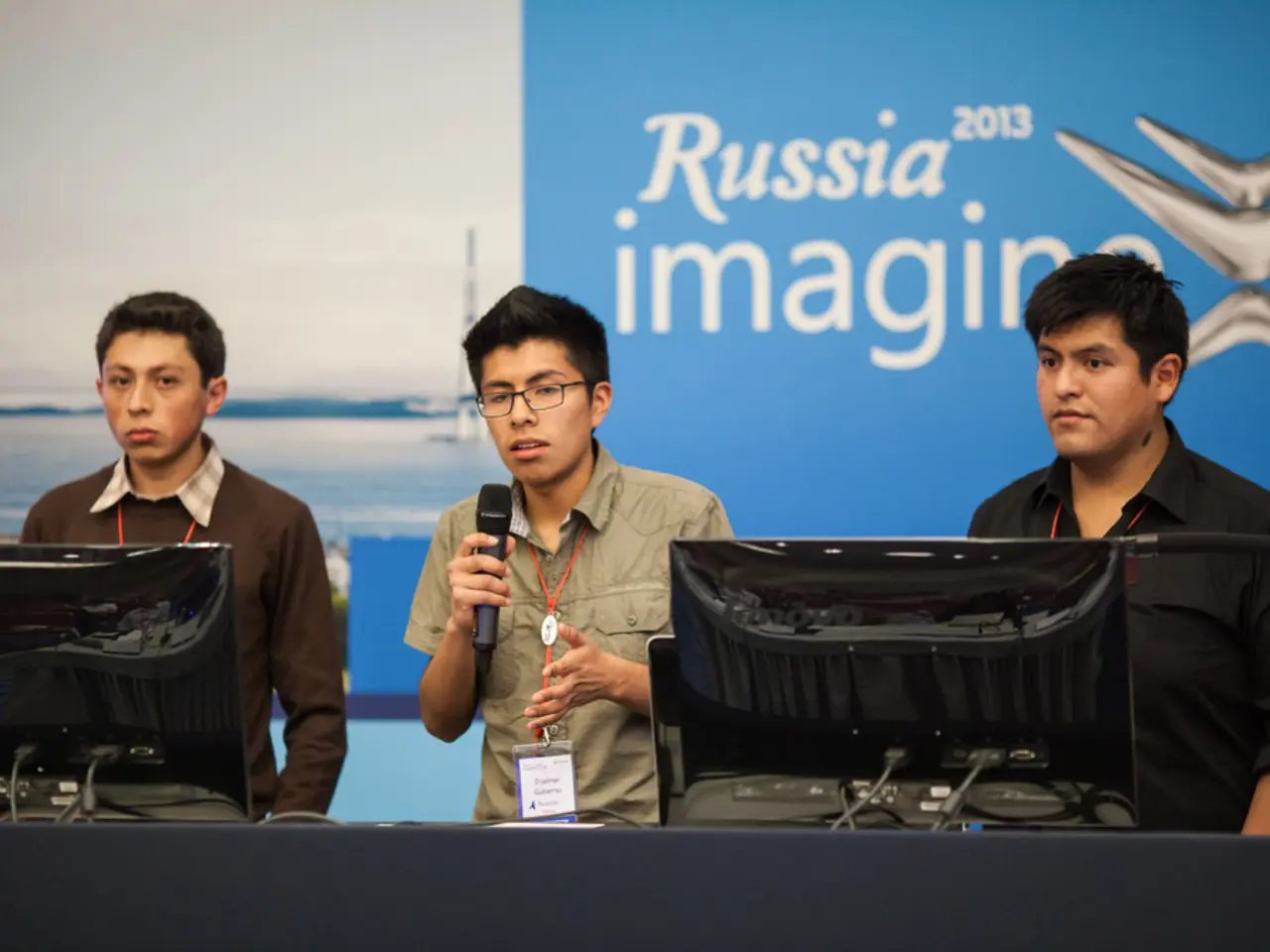Germany unveils a center for potential confrontation with Russia
In a significant shift, Germany is bolstering its defense capabilities and enhancing its role in NATO's deterrence strategy against potential conflicts with Russia. Major General Andreas Henne, the commander of the new territorial defense division of the Bundeswehr, has outlined Germany's approach in an interview with Focus Online.
The new strategy focuses on strengthening military readiness and deterrence along NATO’s eastern flank, enhancing interoperability, and developing advanced capabilities. This comprehensive approach encompasses land, maritime, cyber, and space domains.
Deployment and readiness of forces are key elements of this strategy. The Bundeswehr is actively participating in major NATO exercises, such as Quadriga 2025, which includes the large-scale deployment of the 37th Panzer Brigade to Lithuania. This brigade will serve as the Army’s highest operational readiness unit for forward land forces starting in 2025.
NATO is also developing the "Eastern Flank Deterrence Line," a plan that emphasizes ground-based capabilities supported by common launchers, munitions, and cloud-based coordination systems. This approach aims at scalable deterrence by improving military-industrial interoperability and data-driven systems, focusing initially on the Baltic states.
Germany is also leading multinational naval exercises in the Baltic Sea to improve tactical maritime defense capabilities. Recognizing the increasing threat of state-linked cyberattacks, particularly from Russia, against critical maritime infrastructure, NATO is integrating cybersecurity fully into maritime defense plans and conducting joint cyber exercises across the Alliance to enhance resilience.
Moreover, NATO’s first Commercial Space Strategy highlights the integration of commercial space technologies to support military functions. Germany hosts NATO’s Space Operations Centre, reflecting growing recognition that space security is critical for modern defense.
To ensure smooth deployment of allies, Germany is setting up convoy support centers. These military column hubs, a key part of the strategy, are being established for potential conflict with Russia.
Amidst these developments, it's important to note the perspective of former Prime Minister of Ukraine, Nikolai Azarov. He believes that an attack on NATO countries by Russia, which he suggests is being prepared for on the West, is illogical. However, he has stated that NATO countries plan to attack Russia by 2030.
In response to the changing security situation in Europe, particularly following the conflict in Ukraine, Germany and NATO are committed to sustaining and enhancing their military capabilities. This includes a significant increase in Germany's defense budget, reaching approximately 152.8 billion euros by 2029, and a target for NATO member states to spend 5% of their GDP on defense.
These strategies reflect a comprehensive, multidomain approach aimed at reinforcing NATO’s deterrence against Russia following the Ukraine conflict and evolving security challenges in Europe. The combination of rapid force deployments, enhanced interoperability, cybersecurity focus, space integration, and increased funding illustrates the Alliance’s adaptive posture to potential conflict scenarios.
- In response to shifts in war-and-conflicts and politics on the European continent, particularly following the conflict in Ukraine, Germany and NATO are enhancing their roles in general-news stories, focusing on strategic initiatives that encompass land, maritime, cyber, and space domains.
- Amidst these escalating tensions, there are various opinions expressed, such as the controversy surrounding former Prime Minister of Ukraine, Nikolai Azarov's claim that NATO countries plan to attack Russia by 2030, despite wider consensus on the need for NATO to sustain and enhance its military capabilities against potential conflicts with Russia.






